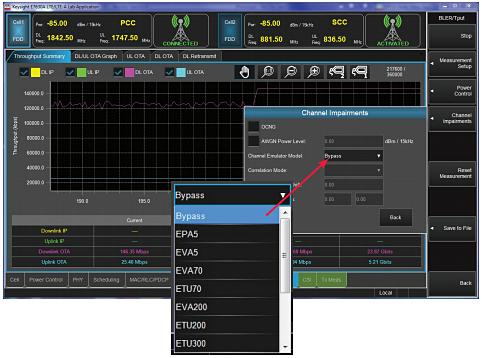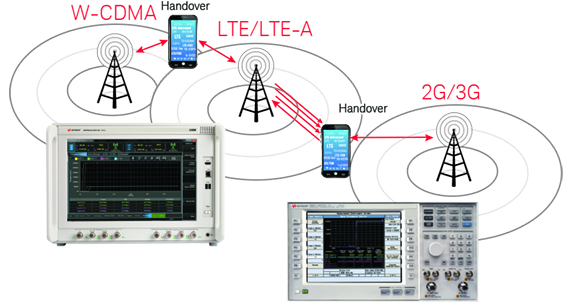Overview
Assess Design Readiness with Greater Confidence
The UXM is a highly integrated signaling test set created for functional and RF design validation in the 4G era and beyond. It provides the capabilities you need to test the newest designs, delivering LTE-Advanced (LTE-A) Pro data rates up to 1 Gbps now and handling more complex requirements later.
Figure 1. Make a clear call with the E7515A UXM wireless test set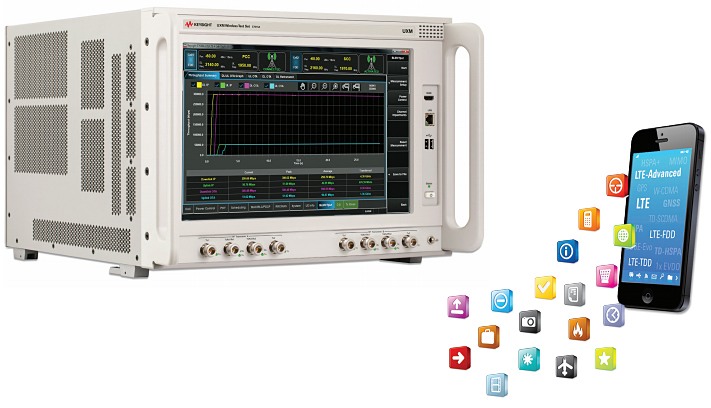
Gain new insights with a broad range of integrated capabilities
– Stable, bi-directional, end-to-end data throughput and flexible, yet easy to configure, receiver test
– Highly integrated solution with multiple cells, carrier aggregation, multiple-input/multiple-output (MIMO), internal
fading, and built-in server
– Emulation of complex network scenarios for extensive functional performance test
– Proven Keysight X-Series measurement science for RF performance test
Be ready for functional and RF design validation in 4G and beyond
– Future-ready, multi-format platform to handle the next advancements in antenna techniques, component carriers,
and data rates
– Extensible architecture includes high-speed interconnects, upgradeable processors, and multiple expansion slots
– Versatile display capabilities with 15-inch touch screen interface
Make a seamless transition to the UXM
– New-yet-familiar user interface based on popular Keysight solutions
– Get more from every budget dollar through Keysight’s tradition of investment protection
Wireless Design Validation: Market Trends and Test Challenges
| An incredible amount of technology is packed into every smartphone and tablet. The list is long and getting longer: new and legacy cellular formats, multiple wirelessconnectivity links, GPS capabilities, cameras, music players, Web browsers, and more. As wireless applications multiply and more users adopt data-centric devices over traditional voice and text-only cell phones, networks are experiencing an explosion of data consumption. |  |
| In response, the latest cellular standards include advanced techniques such as MIMO and carrier aggregation (CA) to help operators squeeze more capacity, better coverage, and higher data rates from their existing frequency spectrum. Operators must also provide high-quality voice services on all-IP networks such as LTE/LTE-A, and have an opportunity to offer a better overall voice experience with integrated services such as video, chat, and file sharing. On top of these complexities, networks need to be optimized to effectively support existing devices and infrastructure, and new formats. The nature of today’s heterogeneous networks requires verification of interoperability and mobility of new 4G and small cells with existing 2G, 3G, Wi-Fi, macro cells, emerging unlicensed spectrum, and IoT (internet of things). |  |
| This innovation and evolution presents challenges for device design validation, as it adds complexity to characterizing the performance of transmitters and receivers, and evaluating the behavior of an assembled device, e.g. battery drain, MIMO antenna performance, and VoLTE. Using wireless test solutions enabled by the Keysight UXM simplifies device validation. These solutions take advantage of UXM’s integrated sources and analyzers for transmitter and receiver testing, standards-based measurements, and extensive built-in capabilities to validate the functional and RF performance of user equipment (UE) while on a connection. |  |
Real-World Functional and RF Test with the UXM
Today’s wireless devices must perform in highly dynamic environments. Users expect a high-quality experience regardless of complexities created by higher data rates, mobility, MIMO, carrier aggregation, fading, noise, and interference. LTE-A networks are designed to adapt to these real-world operating conditions with dynamic link allocation and complex handover scenarios. This variability results in thousands of potential scenarios under which the mobile device is expected to perform well.
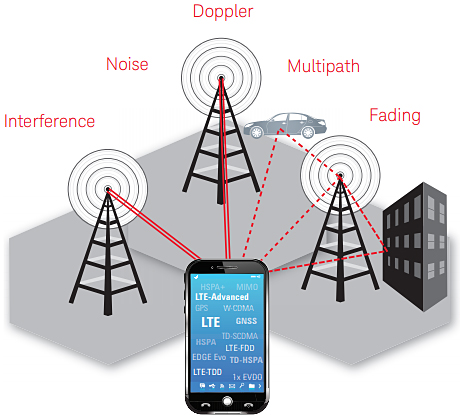
Figure 2. Today’s UEs must perform under
demanding network and channel conditions
This strenuous environment makes testing UE performance degradation, recovery, and responsiveness imperative as well as challenging. To fully assess LTE-A design performance requires emulating both the network and the wireless channel. Testing devices under both ideal and non-ideal network and channel conditions helps isolate design issues early, and ultimately ensure a high-quality user experience.
Effectively emulating this dynamic and demanding environment requires incorporation of fading, noise, and network emulation, often resulting in a complex test setup with various components that is prone to stability and calibration issues. The UXM eliminates that complexity by providing integrated base station and channel emulation along with flexible control, measurement capability, and diagnostic ability.
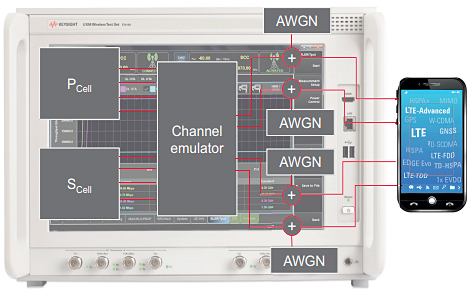
Figure 3. The UXM simplifies your bench-top
with integrated network and channel emulation
The UXM’s test application (TA) software provides the tools design validation engineers need to be confident about their device’s RF and functional performance. The base TA includes flexible receiver test, trusted X-Series transmitter measurement science, and basic network emulation. This enables you to set up defined conditions with varying frequencies, power, and modulation, measure to limits, and determine the root-cause of failures with reliable, repeatable results that can be automated and easily shared. To add more capabilities such as multiple component carriers or advanced MIMO techniques, or functional test features including IP data and handovers, choose the appropriate feature option(s). You can also test from early designs to finished products, as the UXM supports measurements with signaling or using test modes, making it easy to “just connect” and focus on RF validation.
Gain New Insights with a Broad Range of Integrated Capabilities
Ensure multi-format devices can sustain maximum data rates and handle realistic fading and MIMO scenarios
In order to satisfy user expectations, today’s wireless devices must reach and sustain their full specified data rate, and maintain that connection throughout changing channel and network conditions. The UXM’s powerful hardware architecture provides stable, bidirectional, end-to-end data throughput for up to 5CC1 downlink and 2CC uplink, including support for FDD-TDD mixed CA, LTE-U, LAA and CSAT, 8x4 DL MIMO, and 256QAM downlink, ensuring any data rate issues encountered are those of the UE, not the test set.
Figure 4. Realistic end-to-end data throughput testing is essential for today’s wireless devices
To fully assess your design’s data throughput performance, it is critical to test at both the physical and application layers, with both TCP and UDP, and in different RLC modes (acknowledged and unacknowledged). The UXM’s end-to-end data throughput functionality allows you to isolate throughput bottlenecks and integration issues. You can also easily test receiver performance under varying channel conditions and downlink configurations with the UXM’s integrated fading, highly configurable downlink allocation, and closed-loop receiver test capabilities.
| Figure 5. The UXM provides stable, bidirectional end-to-end data throughput | Figure 6. Thoroughly test your device’s throughput performance to isolate and resolve issues |
 | |
With UXM array (which consists of a main UXM and an auxiliary UXM), the bench-top solution does not require any additional hardware, and can support up to five component carriers in combination with MIMO and modulation schemes settings embedded in the application to achieve end-to-end data throughput beyond 1 Gbps.
Figure 7. UXM array (left unit: main UXM, right unit: aux UXM)
When using un-licensed spectrum (5 GHz ISM band), the UXM solution can aggregate legacy LTE bands with up to 4 SCCs (secondary cells) in LTE-U/LAA bands at MAC level. This aids design engineers with validating throughput and performance techniques aimed at helping operators boost network coverage by using more bandwidth resources.
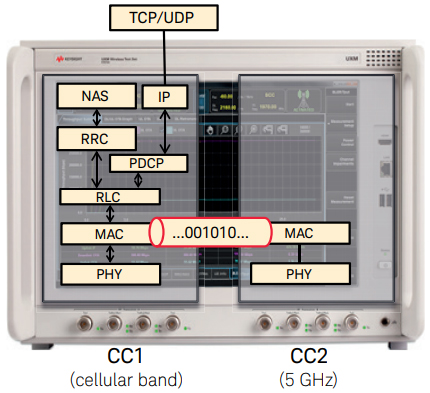
Figure 8. Carrier aggregation of an un-licensed
5 GHz band with existing LTE band in UXM
Reduce bench-top complexity
The UXM is highly integrated, offering multiple cells, carrier aggregation, MIMO, built-in fading, internal applications server, and integrated iPerf and IMS. The UXM makes it easy to verify receiver performance with independent fading and noise available for each component carrier, bringing complex test capability to your bench-top in one simple interface.
Figure 9. Easily add and remove fading and noise to either or both
component carriers and evaluate the resulting changes to throughput
You can directly manage the UXM’s MIMO scenarios together with internal fading, carrier aggregation, and transmission mode settings up to transmission mode 9 (TM9) with advanced selectable settings including beamforming model, CSI reference signal port, and layer/codeword number.
Figure 10. 8x4 DL MIMO and TM9 with advanced settings
The combined system flow and configuration can be easily managed for both transceivers from the UI to validate the combined effect for data throughput improvement on the user devices.
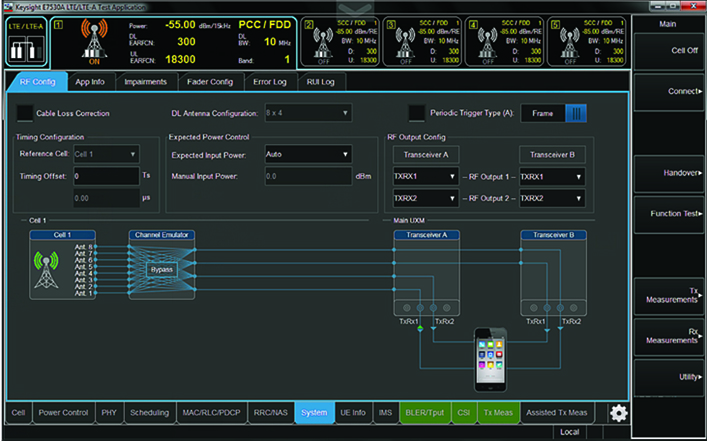
Figure 11. View the integrated system workflow directly from UI
To further simplify end-to-end data throughput test, engineers can access the integrated iPerf functionality directly on the UXM user interface, verify data throughput performance, view results, and export logs for futher analysis.
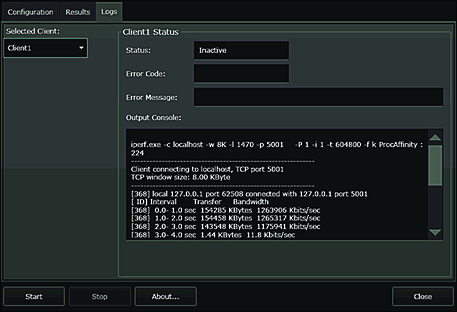

Figure 12. Integrated IPerf in UXM application
Go Deeper in Functional Test
In addition to testing throughput and receiver performance, the UXM’s comprehensive network emulation capabilities let you go deeper in functional test by emulating a wide range of complex operations such as handovers, IMS/VoLTE, (F)eICIC, CPC, and sleep modes (for battery and current drain characterization).
Check LTE intraRAT and LTE inter-RAT mobility with W-CDMA, TD-SCDMA, or GSM using two independent cells (built-in), or connect to another UXM or Keysight 8960 Series 10 wireless communications test set to verify multi-cell wireless handover scenarios.
Figure 13. Test the various handover scenarios required
to provide high-quality continuity of service
Ensure your Internet of Things devices meet requirements for stability, power consumption, and interoperability: the UXM supports Cat-1, NB-IoT and eMTC CAT-M1 with eDRX and Power Saving Mode for comprehensive battery drain testing.
Make a Clear Call
The team looks to you: will a new chipset or UE pass the crucial tests? Clarity comes from accumulated insights – insights enabled by the Keysight Technologies’s UXM wireless test set. The UXM is a highly integrated signaling test set created for functional and RF design validation in the 4G era and beyond. It provides the capabilities you need to test the newest designs, delivering LTE-Advanced data rates up to 1 Gbps now and handling more complex requirements later. When the team counts on you, count on the UXM to help you assess design readiness with greater confidence and make a clear call.
Definitions and Conditions
The specifications in this document apply to single TRX instruments with serial number MY5520xxxx/TH5520xxxx and dual TRX instruments with serial number MY5521xxxx/ TH5521xxxx.
The test set will meet its specifications when
- The test set is within its calibration cycle
- The test set has been stored at an ambient temperature within the allowed operating range for at least two hours before being turned on; if it had previously been stored at a temperature range inside the allowed storage range, but outside the allowed operating range
- The test set has been turned on for at least 30 minutes
Specification
Specifications describe the performance parameters covered by the product warranty and are valid from 20 to 35°C unless otherwise noted.
Typical
Typical describes additional product performance information that is not covered by the product warranty. It is performance beyond specifications that 95 percent of the units exhibit with a 95 percent confidence level. This data, shown in italics, does not include measurement uncertainty, and is valid only at room temperature (23°C).
Nominal
Nominal values indicate expected performance, or describe product performance that is useful in the application of the product, but are not covered by the product warranty.





